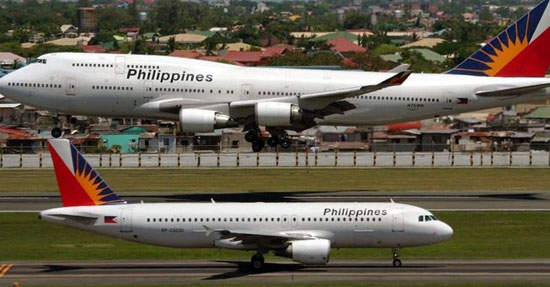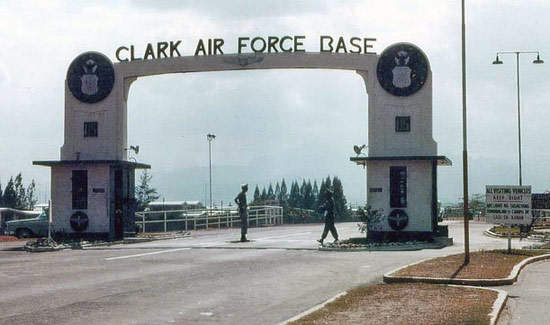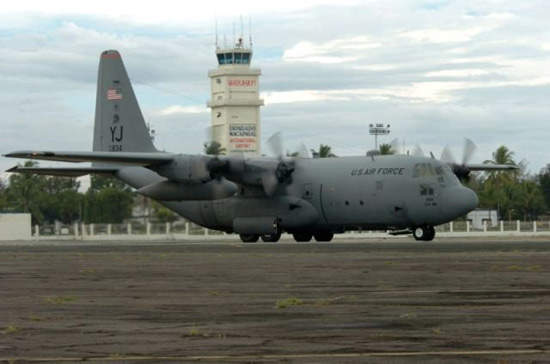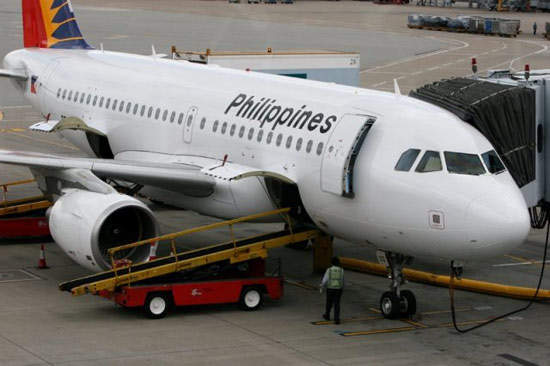Formerly known as Diosdado Macapagal International Airport (DMIA), Clark International Airport (CIA) is situated in the Clark Special Economic Zone (CSEZ) of the Philippines near Angeles City, Luzon Island.
The airport was developed from an old US Clark Airbase (33,653ha), which was closed in 1991 following the eruption of Mount Pinatubo. After two years of cleaning up debris and lava, the CSEZ was opened on the site with DMIA airport at the centre.
This international airport features identical, concrete, parallel runways 02R/20L and 02L/20R, which are both 10,500ft-long and accept the majority of commercial aircraft. The airport is situated 85km northwest of the capital Manila, and is often used for business travel to and from the city.
Road infrastructure around the airport has been improved, with the PHP21bn ($461m) Subic Clark Tarlac Expressway (SCTEX) completed in March 2008. There are also plans to establish a rail link through the Metro Manila.
The CIA is administered and operated by the Clark International Airport Corporation (CIAC). The airport handled 1.5 million passengers in 2017, and the A380 was landed there on a test flight in October 2007.
Terminals at Clark International Airport
The airport has a single terminal building, which was expanded twice to accommodate four million passengers a year.
In 2003, the CIAC board approved a master plan to develop the airport to its full potential by 2025. The $2m plan was put together by the Korean International Cooperation Agency.
It initially involved expansion of the terminal building so that it could accept around one million passengers a year, which would cost PHP130m ($2.8m). This was enacted in 2006 and completed at the end of January 2008. However, subsequent terminal expansions in 2010 and 2013 further increased the annual passenger capacity to 2.5 million and four million respectively.
A new low-cost carrier terminal (LCC) was proposed in 2014 with a passenger handling capacity of between ten million and 15 million a year. The estimated cost of the project was PHP7.2bn ($164m) but has now increased to PHP12.55bn ($243m). It will be funded by FASEP-Etudes, a development aid fund managed by the French Government.
The Bases Conversion and Development Authority (BCDA) has invited contractors to bid for the construction of the LCC by October 2017, which is scheduled to be completed by 2020.
In December 2017, GMR Group in collaboration with Megawide Construction Corporation secured a contract to construct a new terminal building with a capacity to handle eight million passengers a year.
Runways at CIA
The CIA has two 4km runways. Runway 02R/20L is 3,200m-long and 61m-wide, while runway 02L/20R is of the same length but 45m-wide.
The primary runway has a Category 1 rating for precision approach and is equipped with navigational aids and lighting facilities. The secondary runway was decommissioned as it is not fully equipped and not compliant with Visual Flight Rules (VFR).
Radar developments
In 2005, it was decided a terminal radar approach control (TRANCON) upgrade was needed for the airport to meet International Civil Aviation Organisation (ICAO) standards. This was started in September 2005, but was not completed until April 2007 due to cost-cutting and budget over-runs.
One of the most modern systems in the country, the new TRACON facility cost $9.3m, which was funded by a 15-year loan from the Deutsche Bank. The radar system can operate in all weathers to detect incoming and outgoing aircraft in a radius of 60nm to 220nm of the airport.
The upgrade means that the facility is no longer reliant on the radar system of Ninoy Aquino International. The new system was installed by SELEX, which also upgraded parts of the CIAC building in order to install the new console display.
DMIA has a number of other systems, including an instrument landing system, a Doppler VHF omni-directional range, primary and secondary surveillance radar, a non-directional beacon, an airfield ground lighting system, and a precision approach path indicator (PAPI).
Gate Gourmet facilities
Gate Gourmet and Miascor have invested $3m at DMIA to construct an in-flight catering service facility, which can prepare more than 4,000 meals a day.
Construction for the new facility started in March 2007 on a 3,000m² site adjacent to the CIAC headquarters. The work was undertaken by Philippine Sundt Construction and completed in the Q1, 2008.
Other DMIA projects
Philippine Airlines negotiated a deal at the end of 2007 with CAIC to invest $50m in the construction of maintenance, catering, and ground handling facilities at DMIA. The deal was closed by the end of Q1 2008 and the facilities were constructed concurrently with the airport’s second phase of expansion.
Philippine Airlines uses the airport as a hub to fly to Hong Kong, Singapore, Macau, Bangkok, and Taipei. The Philippine Government has also improved the viability of the airport by relaxing rules on foreign budget carriers using the airport as a stopover point to other Asian countries.
In April 2008, two projects were agreed with contractors as part of phase two. The first was the Global Gateway logistics park, which is located at Industrial Estate 5 on a 125ha site, and was developed by Kuwait Gulf and Link (KGL) with an investment of $25m.
A new 10ha maintenance, repair and overhaul (MRO) facility to service wide-bodied and narrow-bodied aircraft was also constructed. Singapore Airlines Engineering Company (SIAEC) was responsible for the MRO.
Diosado Macapagal master plan
The 2025 master plan puts forward the construction of a Y-shaped passenger terminal with 126 air bridges (19 for the A380).
In addition, there will be an X-shaped satellite concourse with 79 air bridges (12 for the A380) and a midfield air traffic control tower. A third parallel runway is planned alongside new taxiways, aprons, and a new cargo terminal complex. These infrastructural developments will allow an estimated airport capacity of 40 million passengers a year.
The master plan also puts forward plans for an automatic people mover, a ground transportation centre, a new two-line rail system for commuters to Manila, and additional road infrastructure leading to the Subic-Clark Tarlac Expressway.
In the final phases of development in 2025, there could be a total of 145 frontal gates, 134 remote gates, and four runways. The facility will then be able to handle an annual total of 110 million passengers. These plans will potentially lead to the airport becoming a major hub in Asia.







